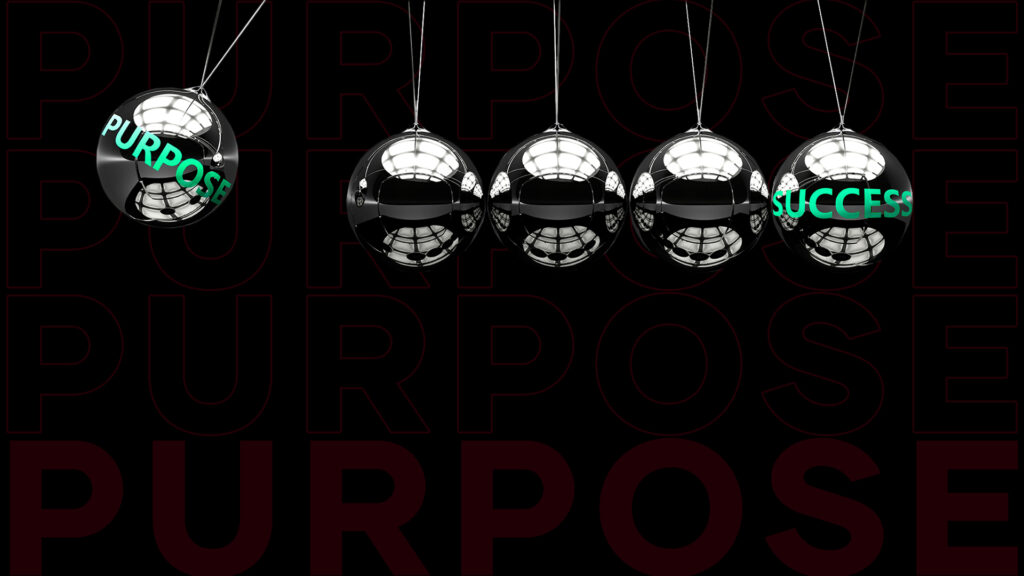Reading time: 4 min

My impression is: having an attitude is easy until you have to prove it…
But first of all, clarification of terms, because that is now the first duty in our world of communication. Too often we speak of the same thing, which is not quite the same thing after all. Purpose – an buzzword in “marketing-speak”. It means the intention or the destiny. Behind it is the philosophical question of meaning.
So is the meaning or purpose of the company, institution or destination for which I work or from which I intend to buy products/services. The decision for the company is based on the quality of the product/service and the price/performance ratio.
From Purpose to Attitude
Attitude goes hand in hand with meaning and purpose. The attitude towards the questions and challenges of our time. How do you position yourself as an institution? The meaning and purpose of a company must therefore be reflected in its attitude to the big questions of our time. Sustainability is just one example. If I have an attitude and thus pursue a purpose, then this is part of the corporate identity.
And this is where the acid test begins at the latest!
All of us, as private individuals and also as companies, will probably ascribe ourselves to the good side. We take a stance, see the need for sustainable action.
Credibility as a basis
On the other hand: do we really act consistently? Are we credible in the interaction of word and deed? I say no, both for myself and for the majority of people, companies, institutions and destinations I know!
In this respect, the attitude is simple when it comes to words. The consistent deeds are incomparably more difficult. But we are all looking for a deeper meaning. The meaningful purpose.
Do you already have a clear answer for yourself? One that does not begin to crumble in the superficial debate and whose evidence also stands up to critical scrutiny?
If this is already difficult as a private person and a human being – what is it like with companies? The union of many people and individuals. Not to mention destinations.
top down oder bottom up?
What does this mean for entrepreneurs and leaders?
In order for an institution to take a stance, it requires the decision of the leadership level to face this process. It cannot be imposed “top down”. The management level can formulate guidelines, set a direction. But the filling in of the content, the fine-tuning, the exact definition can only happen “bottom up”. And the bigger the institution becomes, the more urgent this task becomes.If this does not happen, then the team (and consequently, of course, later the client) cannot see the sense in the company’s stance. A paradox. With the effect of untrustworthiness and interchangeability.
What can we derive from critical questioning?
We are all on the way, in a transformation phase. In search of orientation and support.
Transformation
And that’s a good thing, even if we may not yet meet our own standards, we have to work on improving our own actions. And accept that this applies to everyone – hardly anyone is already perfect.Not even institutions. It is a process to face the challenges of the time. Demands are growing fast, so is the need to adapt to them.
Deciding on a brand positioning once and sticking to it is hardly possible over a longer period of time. The directional decision probably remains the same, but the detailed adaptation happens faster than in the past.
The previous “fig leaf” CSR has become an essential part of the corporate identity. How do we succeed in making this a natural part? By making it simple. In both senses of the word. In doing so, we have to grow with our demands – as an institution, this requires much more communication than in the past. Starting with internal communication. This is the only way to achieve identification for the individual person in the team.And if we are on the path together, we will also succeed in consistently proving our stance – not only through words, but actually deeds.
We are in the decade of communication. The communication of your corporate identity is therefore more than ever a decisive economic success factor. Discovering this, developing it further and using it for communication is both a challenge and an opportunity of our time.
